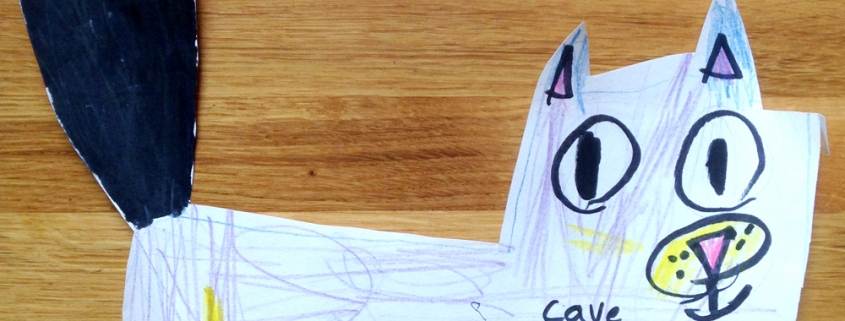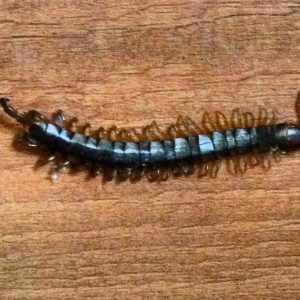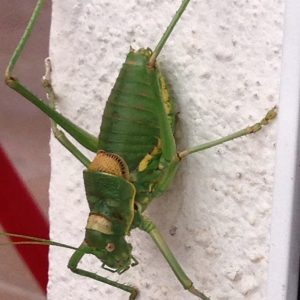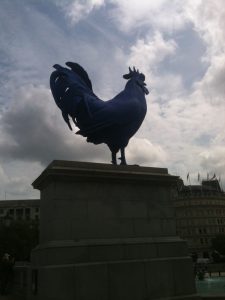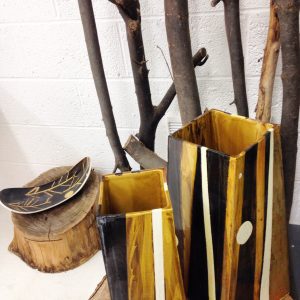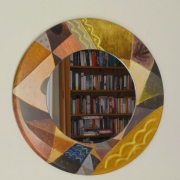The Bankside bestiary
It has been busy at the studio this summer, so it was not until recently that we started to take in the seasonal activity outdoors; the (slightly) warmer weather, the greenery, the butterflies, the bees, the birds. The various creatures reminded us that most animals that feature in belatrova have been portrayed or referred to in our blogs, not in “real life”. Should we have a pet at the workshop? We at belatrova do not have an official pet, as such, though we have had many animals on our blogs since 2013, and, just to remind you, we are scattering images of them throughout this blog.
Many claim that pets have a calming effect on our bodies and minds, that they reduce blood pressure and lower stress, that pets at the workplace make employees more creative, productive, and cordial with each other. This would be a good thing.
A digital online marketing agency conducted a survey of three thousand office workers, and 16% had an office pet, the top ten pets being fish, dogs, cats, tortoises, birds, rabbits, guinea pigs, geckos, snakes and tarantulas. As many as 55% of those canvassed admitted they would feel more motivated if they did have a pet in the office, though in our case, since one of us is a serious arachnophobe, tarantulas would be at the bottom of the list. This is despite Ziggy the house spider being a past visitor (see Oct blog 2014).
Indeed, a research undertaken on domestic dogs and human health (published in 2007 in the British Journal of Health Psychology) suggested that pet owners tend to be healthier – dog owners have lower blood pressure, lower cholesterol and are less likely to have minor and serious health problems. We wonder if this also applies to cockerel owners?
So what is it about dogs? A carnivorous mammal that typically has a long snout, an acute sense of smell, non-retractile claws, and barking, howling, or whining voice, the domestic dog (Canis lupus familiaris) is a domesticated animal selectively bred for various behaviours, sensory capabilities, and physical attributes.
Their long association with people has allowed dogs to be uniquely attuned to human behaviour. We very occasionally get a visit from one of these fearsome creatures, but only with her (so-called) master. Rowan has been selectively bred to sniff out and hunt badgers, but she kindly agreed to having her Brockian search interrupted and posed for us in a belatrova birdbath with great dignity.
And just in case we have digressed a long way from our intended theme, let us show you a few of our ceramic pieces. All totally unrelated to beasties, but it is what we do best:
And so it’s goodbye from him…
